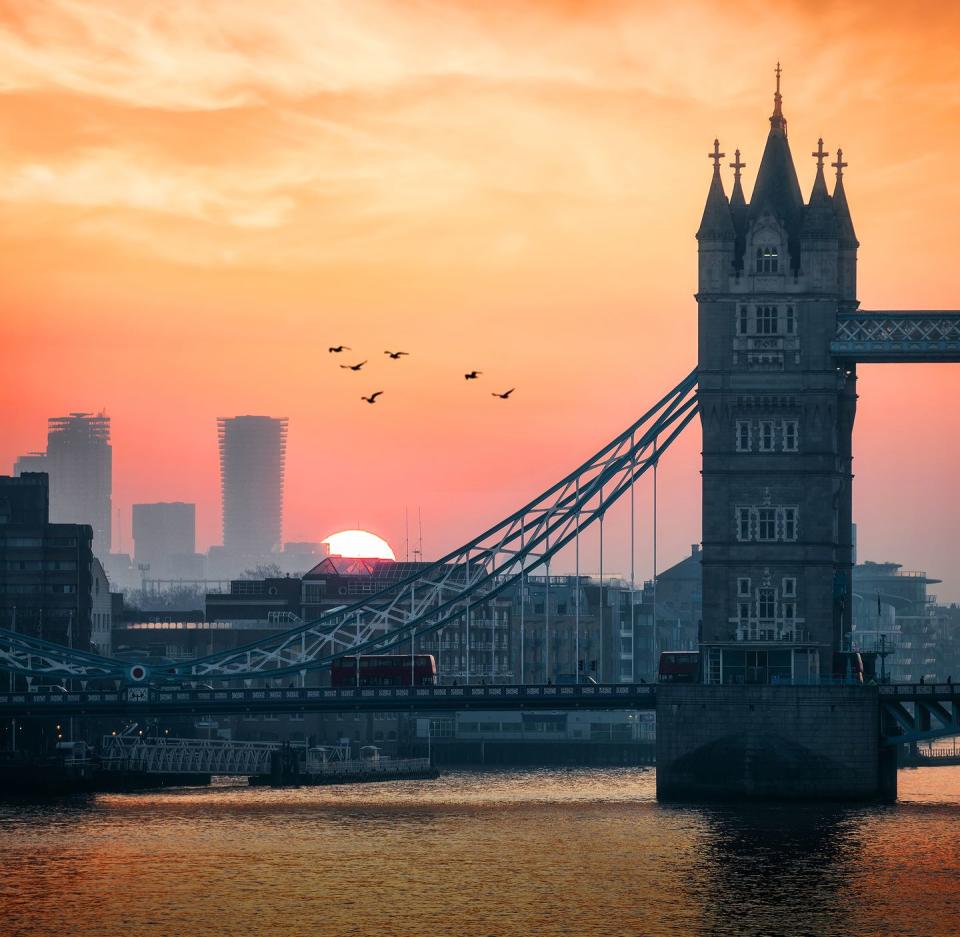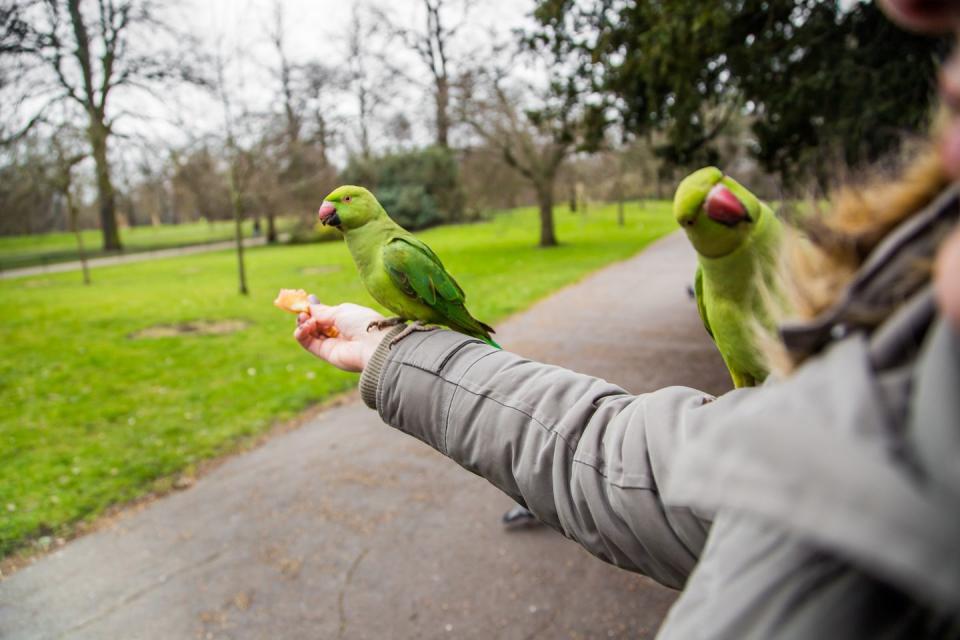A month in the life of The Urban Birder

Urban birding can be especially rewarding. City wildlife is used to people, so species are often tame and easy to get close to. Habitats are also usually smaller, making all sorts of birds easier to see.
Growing up in the capital never stopped me. I have been fascinated by birds since I was young. At the age of seven, I discovered a field guide in the local library. I read it inside out. By eight, I was an expert!
I started a birding blog about 15-years-ago alongside my job in sales and marketing. Springwatch caught wind of it and asked me on the show to talk about urban birding. That’s when I turned professional and started running city tours.
Birding is my meditation – it heals my head if I’m feeling low. Nothing else matters when I’m looking up at the sky. I try not to focus on looking for a particular species; otherwise, I might miss everything else. I leave my house expecting to see everything and nothing.

In September, I go out for an hour just before dawn every day. This month is one of the most rewarding for birding because so many species are migrating. Early morning is the best time to see birds such as willow warblers and whinchats – they migrate at night, stopping just as it gets light to feast on insects. My dawn walk gives me energy for the rest of the day.
I bird wherever I am. I even do it in my back garden in north London. Blue tits, great tits and goldfinches are regular visitors at this time of year. In the evenings, I listen out for tawny owls, as well as redwings travelling from Iceland by night – their call is one of the first signs of autumn.
My favourite patch is Wormwood Scrubs, a big common near my home in Wembley. I’ve seen some amazing birds there, including honey buzzards, ospreys and redstarts. I even once saw a common rosefinch – only three have been seen in London in 15 years. It was so special seeing one on my turf.
I try to look at the world like a bird. They don’t see buildings; they see habitat. Peregrine falcons might usually live on cliffs and mountains, but skyscrapers make good surrogates. With 24 nesting pairs, London has one of the largest urban populations. Once, from a skyscraper in the City of London, I saw a peregrine swoop down, grab a pigeon and soar towards Tower Bridge. It was incredible.

I’ve had so many ‘wow’ moments in the city. This month, house martins will be flying south. Once I saw a flock of 5,000 drifting overhead – it was biblical. Northern wheatears will be migrating, too. They nest in moorland areas in the north of England, but often stop in London on their way to Africa. I always feel joyous when I see my first one of the season.
Migration is nuanced – an entire species rarely arrives or leaves a country, so you still get some birds of all kinds around. Some robins, for example, spend winter in Spain, while others come here from Eastern Europe.
Birding is more than ticking off names on a list – it’s about connecting with nature. It’s extraordinary when you consider that these winged creatures have flown over war zones, jungles and deserts to end up here. I never tire of thinking about their journeys. Anyone can be a birder. You need very few provisions for urban birding – I take a camera, binoculars and a waterproof jacket if it’s wet. It’s that simple. I certainly don’t fit the stereotype. Sure, I’m an anorak, but I like to think I’m a designer one.
For more information about David’s birding courses and tours, visit theurbanbirderworld.com.
In need of some positivity? Get Country Living delivered directly to your door every month! Subscribe to Country Living magazine today and get 6 issues for £15.
SUBSCRIBE HERE
Like this article? Sign up to our newsletter to get more articles like this delivered straight to your inbox.
You Might Also Like

 Yahoo News
Yahoo News 